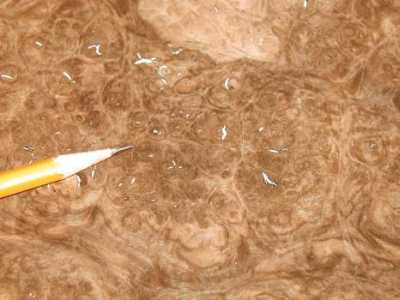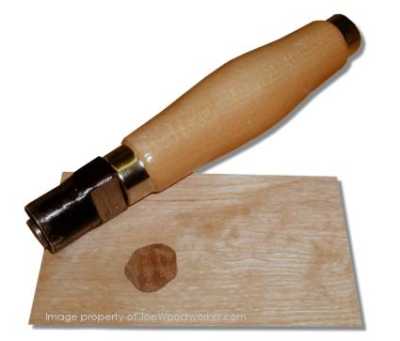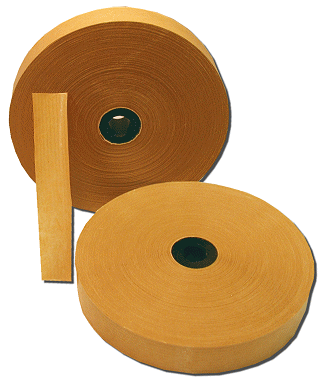Reprinted with permission from www.joewoodworker.com.
Even the best of some veneer species can contain holes and other "issues" that may need attention before or after vacuum pressing. Here's a brief list of methods to tackle these problems.
Pinholes
Veneer glue will typically fill in this type of defect. This can be a small problem on lighter colored woods like maple but the good news is that most of these lighter colored woods don't develop these type of holes in the first place. On darker wood species, the veneer glue fills the holes and no further work is needed. Also, you can find extra dark veneer glue at VeneerSupplies.com which is perfect for small holes in walnut. If the veneer has holes larger than a pinhole but less than 1/16" in diameter, you can apply patches of no-hole veneer tape to the face to prevent the veneer glue from saturating the hole and spreading on the face side.

Voids (Large Holes)
The easiest way to repair large holes is with a veneer patcher. The tool is first used to punch out the void in the veneer. Then it's aligned with the grain of a replacement veneer (preferably an off-cut from the same sheet) and a patch is punched out. Set the patch into the punched hole in the good veneer sheet and apply a small piece of veneer tape to hold it in place while being pressed. These are excellent for use with all wood species and make virtually invisible patches on burl veneers. The problem is that the only good veneer patching tools are hand made in Germany and are no longer being produced. The gentleman who makes them has retired. I still have a few on hand, though.

Cracks & Splits
Most splits can be pulled back together with veneer tape and the joint will appear seamless. This is possible because the veneer glue causes the veneer to expand while its curing.

Bark Patches
Sometimes patches of bark in burl veneers can add a nice character to the piece. You could use a veneer patcher to remove it but if you would like to keep the bark patch, just veneer the piece as usual. After the veneer glue has cured, you can dab in some thin cyanoacrylic glue (super glue) to the bark which will give it some rigidity prior to sanding. Keep in mind that this can affect the veneer's ability to take a stain.
For A Glass Smooth Finish
After pressing the veneer, any remaining blemishes can be filled in with a stainable wood putty. But my favorite method is to use epoxy which works exceptionally well if you don't plan to stain the finished project. The key is to use 5 minute "quick set" epoxy and add just a bit more of the hardener. Allow several hours for it to fully harden and then scrape or sand it off. Be careful that you don't sand through the veneer face. If the sand gums up with epoxy, wait longer for it to completely cure.
Reprinted with permission from www.joewoodworker.com.